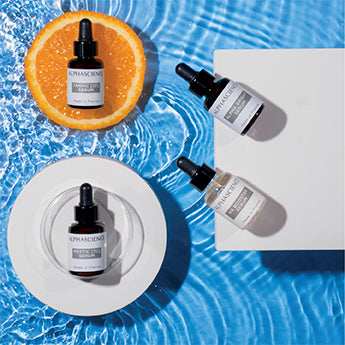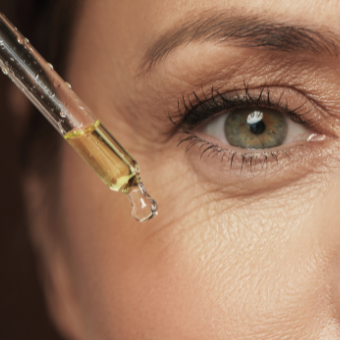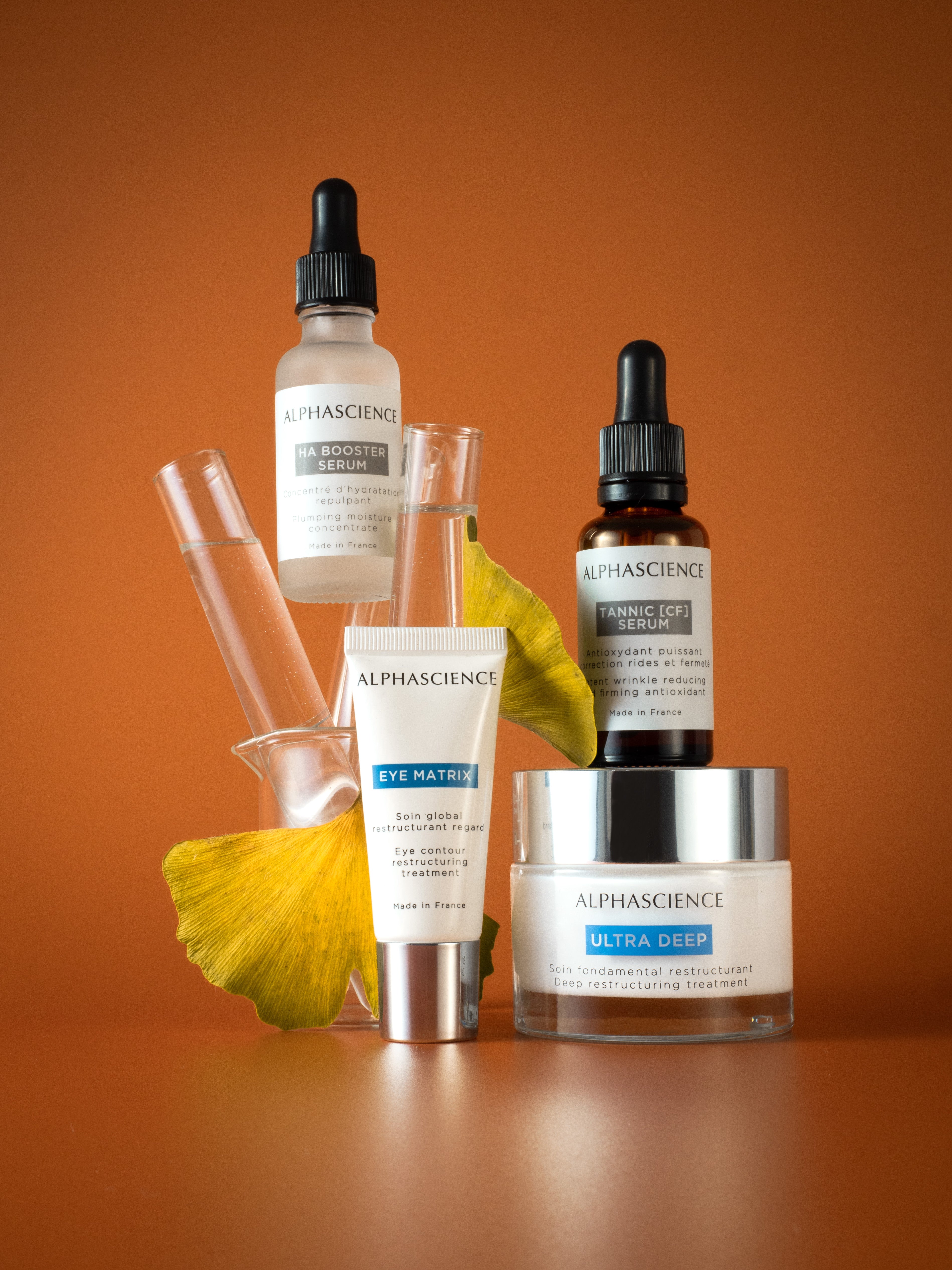Summer tips
Effectively attenuate extrinsic skin aging
WHAT IS THE EXPOSOME ?
Skin and Pigmentation - How does it works ?
Management of oxidative stress after aesthetic procedures in plastic surgery and dermatology
Vitamin C - The most advanced technology to stabilize antioxidants
Tannic Acid - A breakthrough antioxidant















 USD $
USD $

